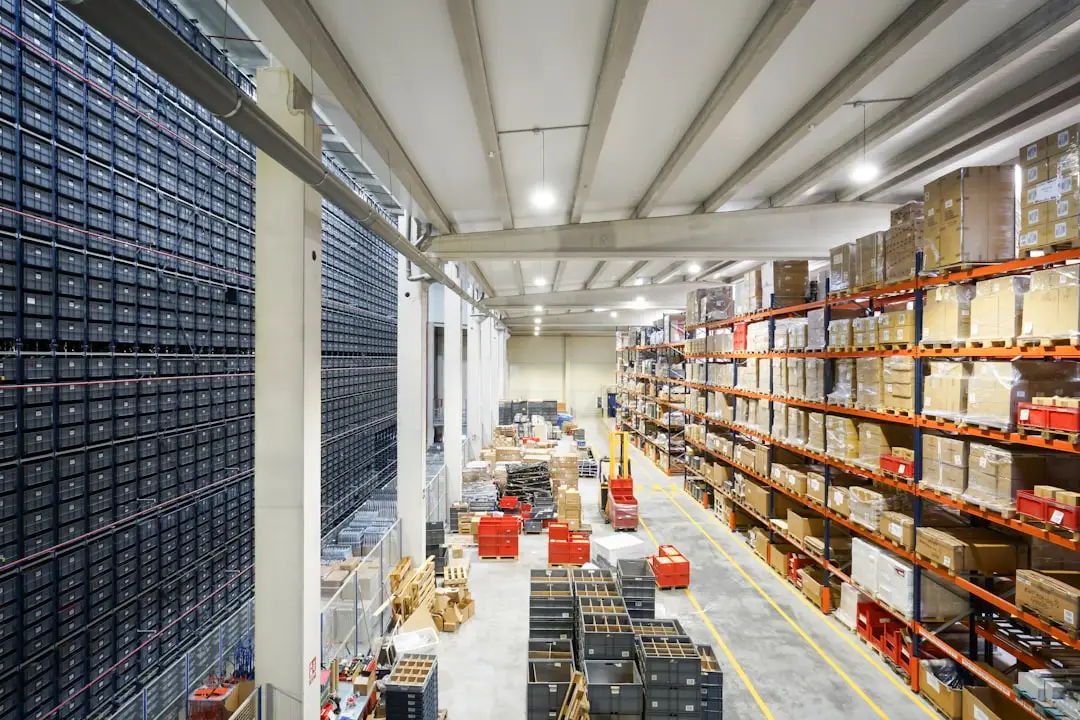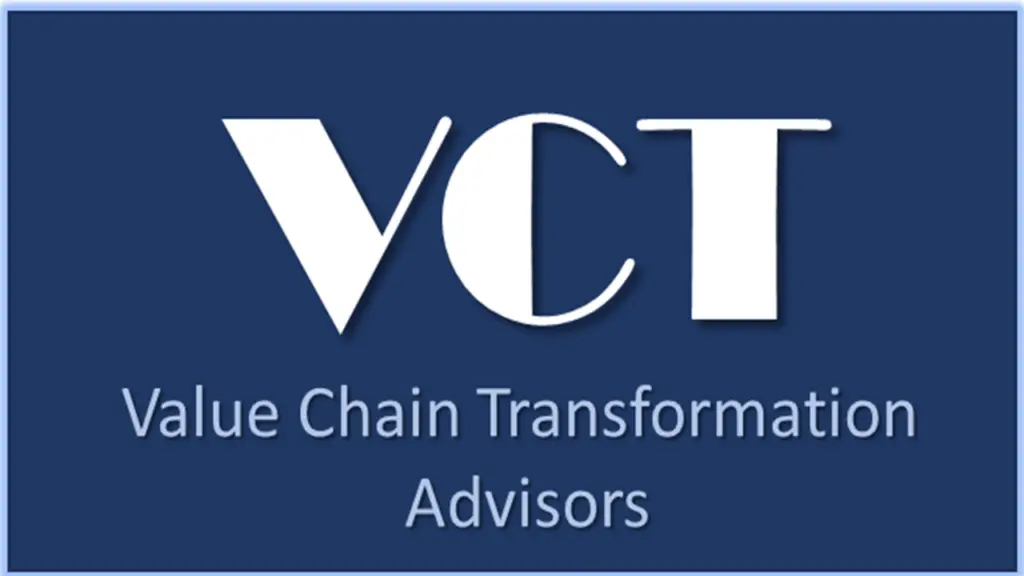Many organizations chase costly new solutions for supply chain management while ignoring the potent tools they already have. Consider the Bill of Materials (BOM): It’s a document every manufacturer and planner possesses, yet most treat it as a static parts list.
If the data it contains is maximized strategically, it would lead to smarter planning and inventory optimization. Explore the BOM’s meaning in a supply chain, types of BOM, and how to leverage them for effective supply chain execution.
What Is a Bill of Materials in Supply Chain Management?
What does BOM stand for in manufacturing & supply? A bill of materials is a list that details every component, raw material, sub-assembly, and instruction required to manufacture a finished product. Think of it as a recipe or blueprint for creating a finished good.
The responsibility for preparing the original BOM for the supply chain falls on the engineering or product design team. However, it may be updated by different departments throughout the product’s lifecycle.
A BOM includes:
- Part numbers (unique identifiers for each component)
- Descriptions and quantities (what’s needed and how much)
- Unit of measure (e.g., kilograms, liters, pieces)
- Assembly hierarchy (how parts fit together in single-level or multi-level BOMs)
The BOM ensures everyone involved in the product lifecycle — from engineering and procurement to production and fulfillment — clearly understands what’s needed and when. This allows accurate demand forecasting, precise replenishment planning, and multi-echelon inventory optimization across an entire supply network.
The Four Main Types of BOMs in Supply Chain Management
| Engineering BOM (EBOM) | Includes necessities for optimal product performanceUsed for product lifecycle management |
| Manufacturing BOM (MBOM) | Functions as a parts and instruction list for assemblyUsed for initial manufacturing |
| Single-Level BOM | Lists top-level componentsUsed for procurement from outside vendors |
| Multi-Level BOM | Details the entire production process from raw materials to end productUsed for analysis and demand forecasting |
Engineering BOM (EBOM)
An engineering BOM is developed during the product design phase. It highlights every component necessary to achieve the product’s intended performance, including maintenance or additional parts (such as ink for a printer). Consequently, it serves as the foundation for product lifecycle management systems.
Manufacturing BOM (MBOM)
As the name implies, the manufacturing BOM focuses on the “build” part of the product. It refines the EBOM for production, adding assembly instructions, machine settings, labor steps, or other items that are not necessarily part of the product’s functionality but are still critical for its wholeness, such as nuts and screws. These additions are organized in the order of assembly.
Single-Level BOM
A single-level BOM, the simplest of all BOM types in supply chain management, only highlights components that directly make up the end product. Consequently, it’s easy to manage and perfect for procurement teams that need a pragmatic and direct understanding of what’s needed.
Multi-Level BOM
Multi-level BOMS, also known as indented BOMs, are incredibly detailed. They illustrate the parent-child relationships between different production levels, clearly showing how raw materials become finished products. The comprehensiveness makes them ideal for AI demand forecasting, as they contain all the data points necessary for analysis.
How BOMs Influence Planning, Procurement, and Inventory
In planning, a BOM enables accurate calculation of the quantities of each component needed to meet production schedules. This level of inventory visibility enables supply chain planners to know and order exactly what goes into each product, avoiding both stockouts and excess inventory.
BOMS also streamline procurement timing. Procurement teams can use the average supplier lead times listed in manufacturing BOMs to plan when materials will arrive and optimize safety stock levels. This way, even when a supplier has longer lead times, orders are still delivered just in time for production. Suppliers can meet current and future demand without holding up extra stock.
If a supplier faces shortages, the company can start working on cost-saving alternatives early. This prevents production disruptions and simultaneously prevents the organization from resorting to expensive, last-minute raw material alternatives. BOMs also greatly enhance capacity planning. They tell operations teams how long each part and assembly step will take, and what resources are required. This helps them design production processes that improve time to value in business outcomes. It also allows them to anticipate and adjust for bottlenecks before they impact delivery.
Simply put, BOMs empower planning and procurement teams to create replenishment planning steps that align material arrivals with production schedules.
Common BOM Mistakes that Disrupt Supply Chain Performance
Errors in BOMs can cause disruption and financial losses throughout a supply chain. Some of the common errors include:
- Inaccurate Part Numbers or Quantities: Even a small mistake, such as the wrong digit in a part number in a BOM, can lead to the wrong type or quantity of component orders. This causes costly production delays, excess inventory, or stockouts.
- Outdated & Siloed BOM Versions: Teams failing to update BOMs after engineering changes create BOM discrepancies that can lead to inaccurate production. Additionally, without integration, teams from different departments must manually request BOM data, which slows down processes and creates room for errors.
- Missing Dependencies in Multi-Level Builds: If the relationships between components and sub-assemblies aren’t accurately defined, planners may order components at the wrong time. This problem becomes particularly acute in complex products with configurable BOMs.
To better understand how these errors may trigger major disruptions and financial losses, imagine a scenario where a critical screw for sub-assembly isn’t listed in the BOM. This seemingly small oversight would stop the entire production line, leading to missed deadlines, damaged customer relationships, and increased costs.
The Role of ERP and Advanced Planning Tools in BOM Management
Enterprise Resource Planning (ERP) systems provide the storage and basic planning capabilities necessary for BOM management, but lack the real-time intelligence needed for live BOM adjustments. The result? Production disruptions and delays, despite having the data to improve performance.
An organization that uses advanced planning systems (APS) like GAINS is able to tap into the potential of BOMs fully. The APS complements ERP capabilities by providing AI-driven BOM analysis, scenario modeling, and real-time optimization algorithms. These features enable your planners to simulate different production scenarios, evaluate trade-offs between inventory and service levels, and respond quickly to changing market conditions.
They also support supply chain risk intelligence by allowing teams to identify component dependencies, determine vulnerabilities, and develop contingency plans before disruptions occur. Furthermore, APS enables continuous BOM updates and version control, which keeps planning synchronized with operational reality.
Smarter BOM Management Through GAINS
GAINS Decision Engineering & Orchestration (DEO) platform embeds Agentic AI directly into BOMs. It offers automated updates based on design changes and intelligent error detection, which means accurate, dynamic BOM data.
Moreover, GAINS boasts a composable architecture that integrates with your legacy ERP and adapts to evolving supply chain risk intelligence. Ready to turn your BOMs into smarter, operation-changing documents? Request a GAINS Demo today.



